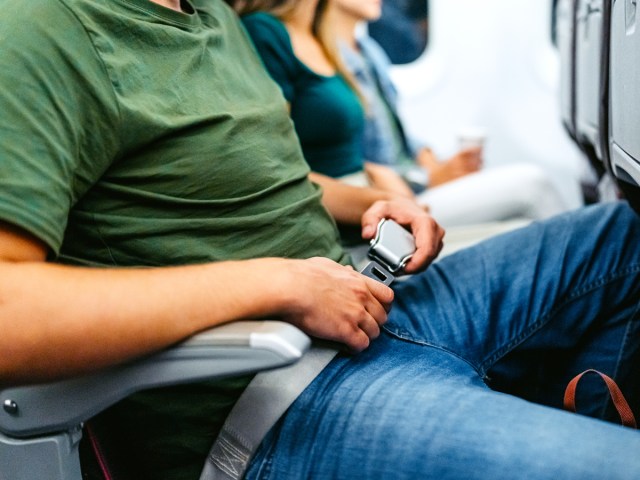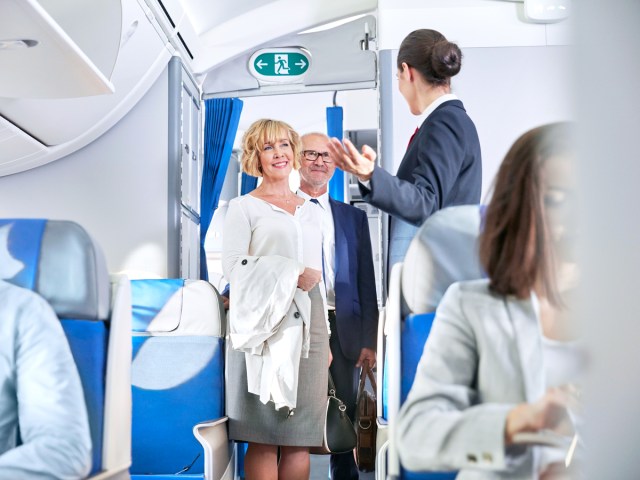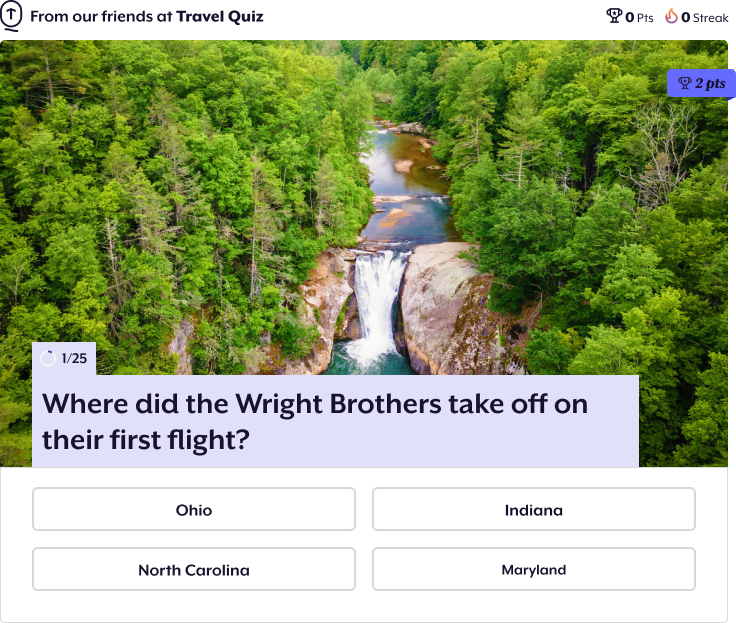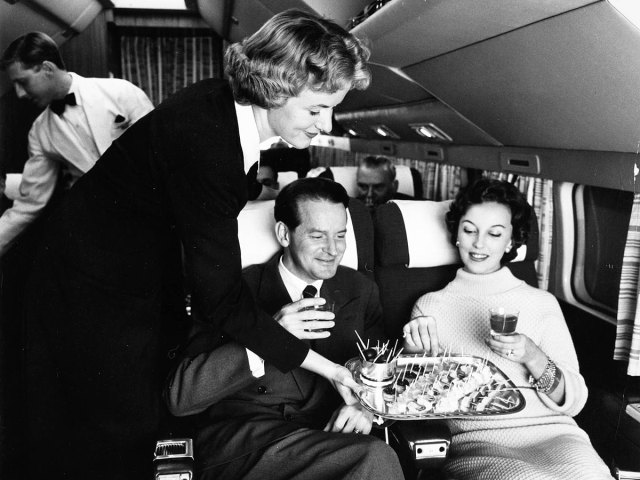Flight attendants aren’t just friendly faces — they’re seasoned safety experts and masters of multitasking. Logging anywhere from 65 to 90 hours hours on a plane each month, they take care of every passenger with unmatched expertise. And because they spend so much time in the airplane cabin, flight attendants have developed a keen sense for pesky passenger behaviors. We spoke with five U.S.-based flight attendants (who preferred to go by first names only) to uncover the most frustrating in-flight faux pas of airline passengers. These are six things flight attendants want you to stop doing, so we can all be more considerate travelers.
Note: All featured products and deals are selected independently and objectively by the author. Daily Passport may receive a share of sales via affiliate links in content.
Ignoring the Fasten Seat Belt Sign

One of the top pet peeves of flight attendants we spoke to is passengers who ignore seat belt signs. “Many passengers seem to think that that seat belt sign is a suggestion when, in reality, the seat belt sign is on for their safety,” says Cate, a Philadelphia-based flight attendant with over a decade of experience.
Another flight attendant, Ashleigh, revealed it’s her least-favorite passenger behavior, especially when it happens on the runway. “Taxi is one of the most dangerous phases of flight,” she explains. Her home base, Charlotte Douglas International Airport, sees over 1,400 arrivals and departures daily. With so many planes taking off, landing, and taxiing, it’s crucial for everyone’s safety to remain buckled whenever the aircraft is moving.
Drinking Your Own Alcohol

Contrary to what some passengers may believe, airplanes are not BYOB. Any alcohol you drink onboard must be served to you by a flight attendant. The Federal Aviation Administration sets this regulation, and it applies to all flights operated by U.S. carriers. (Other countries have similar rules.)
Cate says this is one of the rules she’s seen broken the most during the last decade. “Many times, people will try to drink their alcohol on the flight, which is dangerous because the altitude affects everyone differently, and if they are sneaking liquor, it’s not being regulated by the FAs.” This goes for any alcohol purchased in the airport, too.
Clogging Up the Aisle During Boarding

Flight attendants have busy jobs, and one of the most chaotic times on a plane is during boarding, which is why they ask you to please get to your seat as quickly as possible.
Cate suggests, “Please look at your boarding pass before you get on the airplane so you know which seat you are going to. Also, once at your seat, put your bags up as quickly as possible so the people behind you can continue to their seats.” She adds, “Boarding is the most hectic time of the flight, and in order to get going, everyone has to be seated, and luggage has to be stowed.”
To help speed things up, Orlando-based flight attendant Megan suggests making sure you have everything you need out of your bag — headphones, tablets, snacks — before you get on the plane.
Philadelphia-based flight attendant Kaitlyn also suggests putting these in-flight items in a packing cube or smaller bag that you can quickly grab out of your carry-on while boarding. Her last bit of advice for smooth boarding is to wait until the very end to put your jackets up: “Not only is it a space issue, [but] the overhead bins are filthy, and you don’t want your jacket touching the bottom!”
Hanging Out in the Galley

Flight attendants want you to have a comfortable flight, but they ask you to avoid encroaching on their space in the galley if possible. “We understand the need to stretch sometimes, but please don’t do it in the galley,” Cate says. She explains that the galley works double duty — it’s the kitchen and the only break room for the flight attendants.
Rachael, a Pittsburgh-based flight attendant, agrees with this pet peeve. She adds that it is especially frustrating to find passengers in the galley when the seat belt sign is on because it is dangerous to be up and roaming around during turbulence, takeoff, or landing.
Booking Short Layovers

Flight attendants spend a lot of time in airports, so they know better than anyone that short layovers are risky, and they can easily cause headaches for both passengers and crew.
“If you have a connection, make sure you allow yourself enough time in between flights,” veteran flight attendant Cate says. “Anything under an hour is really risky.” She adds that this is especially important if you have an international connection because of immigration, customs, and other security clearances. Plan to have at least two hours during an international layover and one hour for a domestic layover.
Swapping Seats Without Asking

Of course, flight attendants want passengers to be comfortable, but you should always ask before changing your seat. Certain seats — such as those with extra legroom or at the front of the cabin — are considered premium, so moving there without approval isn’t fair to paying customers. “Passengers always want premium seating without paying for it,” Kaitlyn says.
There are other considerations, too. “We have weight and balance restraints to comply with as well,” Kaitlyn adds. In these cases, the flight attendant will ask the passenger to move back to their original seat.
To avoid this scenario, the flight attendants we spoke to always recommend purchasing the seat you want beforehand. “We can’t force anyone to move their seat to accommodate someone hoping to sit by their companion,” Ashleigh says. Remember, flight attendants’ No. 1 priority is safety, so if they ask you to move, it’s so that everyone can get to their destination safely and on time.
More from our network
Daily Passport is part of Inbox Studio, which publishes content that uplifts, informs, and inspires.
























